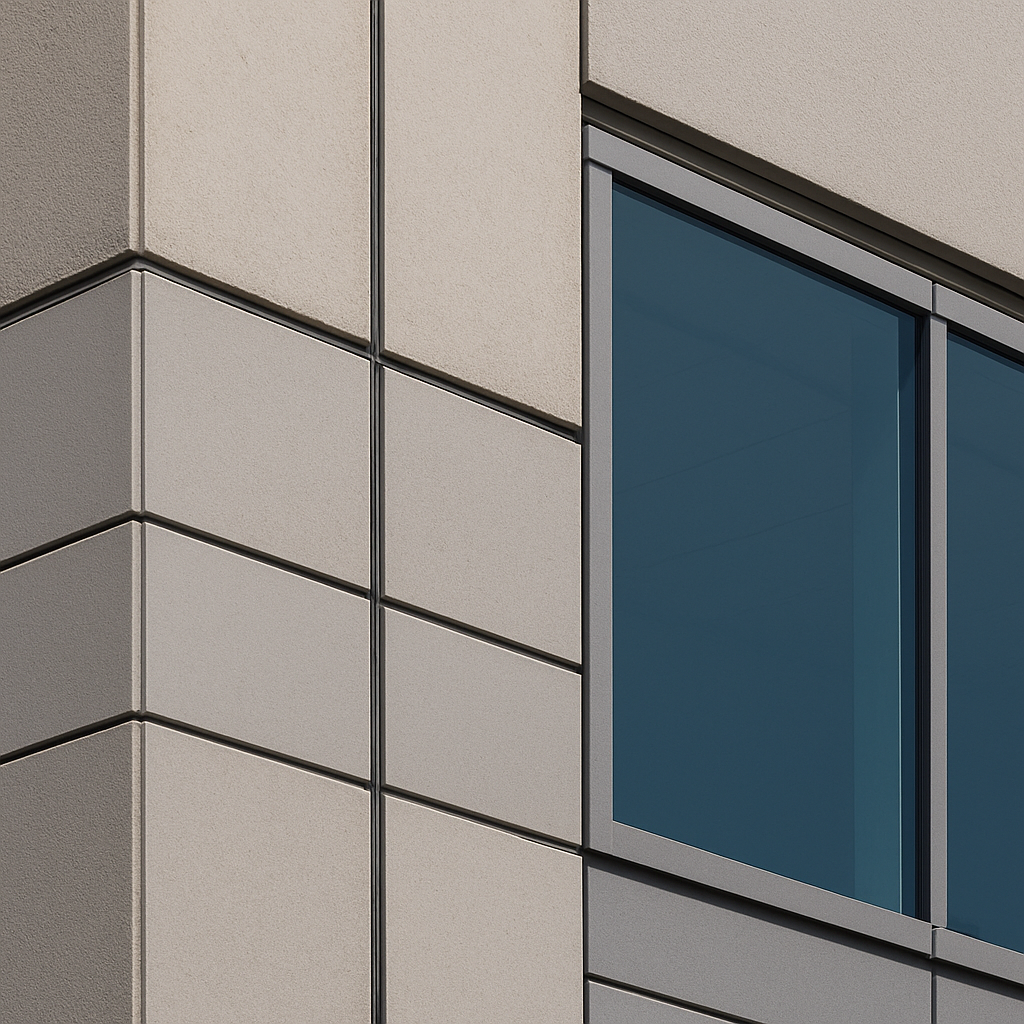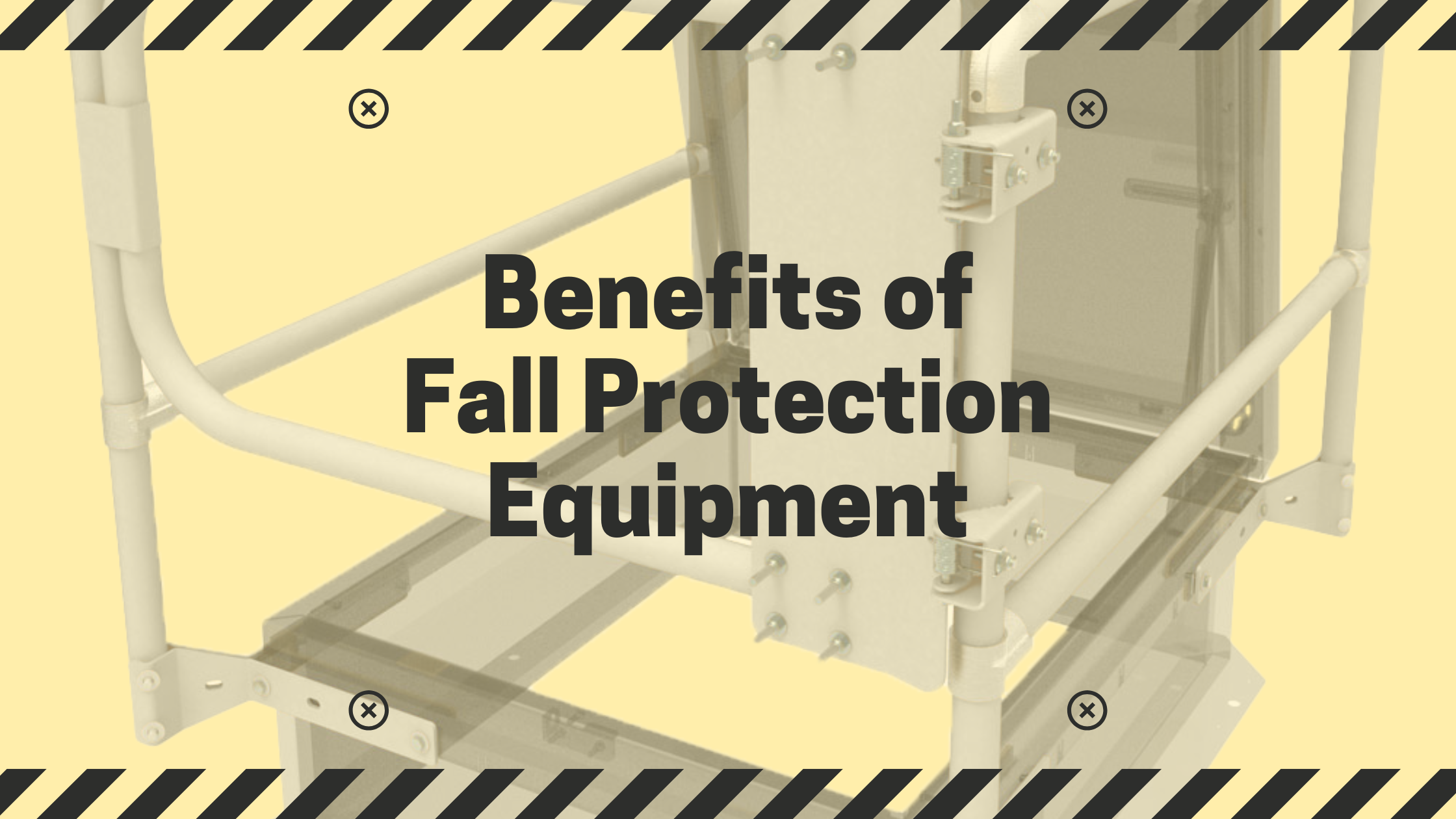The Cost of Non-Compliance in Fall Protection

Financial and Legal Risks of Fall Protection Violations
When it comes to workplace safety, fall protection is one of the most critical areas, particularly in industries like construction, manufacturing, and maintenance. Despite its importance, many businesses still overlook or downplay the risks associated with non-compliance with fall protection regulations. The consequences of these violations can be severe, ranging from financial burdens to legal repercussions. We will explore the various costs associated with non-compliance in fall protection and why adhering to safety regulations is crucial.
Understanding Fall Protection Regulations
Occupational Safety and Health Administration (OSHA) regulations require employers to provide a safe working environment, including proper fall protection measures for employees working at heights. Non-compliance with these regulations can lead to workplace accidents, injuries, and even fatalities. OSHA sets specific standards for different industries, and employers must ensure they meet these requirements to avoid penalties and ensure worker safety.
Financial Costs of Non-Compliance
1. Fines and Penalties
One of the most immediate financial consequences of fall protection violations is fines imposed by regulatory agencies like OSHA. The penalty amounts can vary depending on the severity and frequency of the violations, but they can reach tens of thousands of dollars per violation. Repeated or willful violations can lead to even higher fines, significantly impacting a business's bottom line.
2. Increased Insurance Premiums
Insurance companies consider workplace safety when determining premiums. A history of safety violations or workplace accidents can lead to increased insurance costs. Employers who repeatedly fail to comply with fall protection regulations may face higher premiums for workers' compensation and general liability insurance.
3. Business Interruptions and Downtime
Accidents resulting from non-compliance can cause workplace injuries, leading to interruptions and downtime. Injured employees might be unable to work, resulting in lost productivity. Additionally, investigations into accidents and violations can disrupt operations, further affecting the business financial performance.
4. Legal Costs and Lawsuits
Workplace accidents caused by fall protection violations can lead to legal claims from injured employees or their families. Employers might face costly lawsuits and legal fees, not to mention the potential for settlements or judgments. These costs can be significant, especially if the violation results in a fatality.
Reputational Risks and Impact on Business
1. Damage to Company Reputation
Safety violations and workplace accidents can harm a company's reputation. Negative publicity from incidents or fines can erode customer trust and damage relationships with clients, suppliers, and partners. A tarnished reputation can also make it harder to attract and retain talent, affecting long-term business success.
2. Loss of Contracts and Business Opportunities
Many industries require contractors and suppliers to meet strict safety standards. Companies with a history of non-compliance might lose contracts or be disqualified from bidding on new projects. This loss of business opportunities can hinder growth and revenue.
The Importance of Compliance and Prevention
To avoid the financial and legal risks associated with fall protection violations, businesses must prioritize safety and compliance. This involves:
- Implementing Comprehensive Safety Programs: Develop and maintain robust fall protection plans that meet or exceed regulatory standards.
- Regular Training and Education: Ensure employees are adequately trained in fall protection measures and understand the importance of safety.
- Routine Safety Audits and Inspections: Conduct regular audits to identify and address potential safety hazards.

- Investing in Quality Fall Protection Equipment: Use high-quality fall protection systems and personal protective equipment (PPE) to ensure worker safety.
- Fostering a Culture of Safety: Encourage employees to prioritize safety and report unsafe conditions without fear of retaliation.
By taking these steps, businesses can mitigate the financial and legal risks associated with fall protection violations and create a safer working environment for their employees. Compliance isn't just about avoiding fines; it's about protecting lives and building a sustainable, reputable business.
Nystrom offers OSHA compliant fall protection safety products including safety railings, safety posts, safety nets, safety grating and safety bars for roof hatch, smoke vent and floor door product lines. For more information on these products, visit our website or contact our Sales & Customer Support team.









